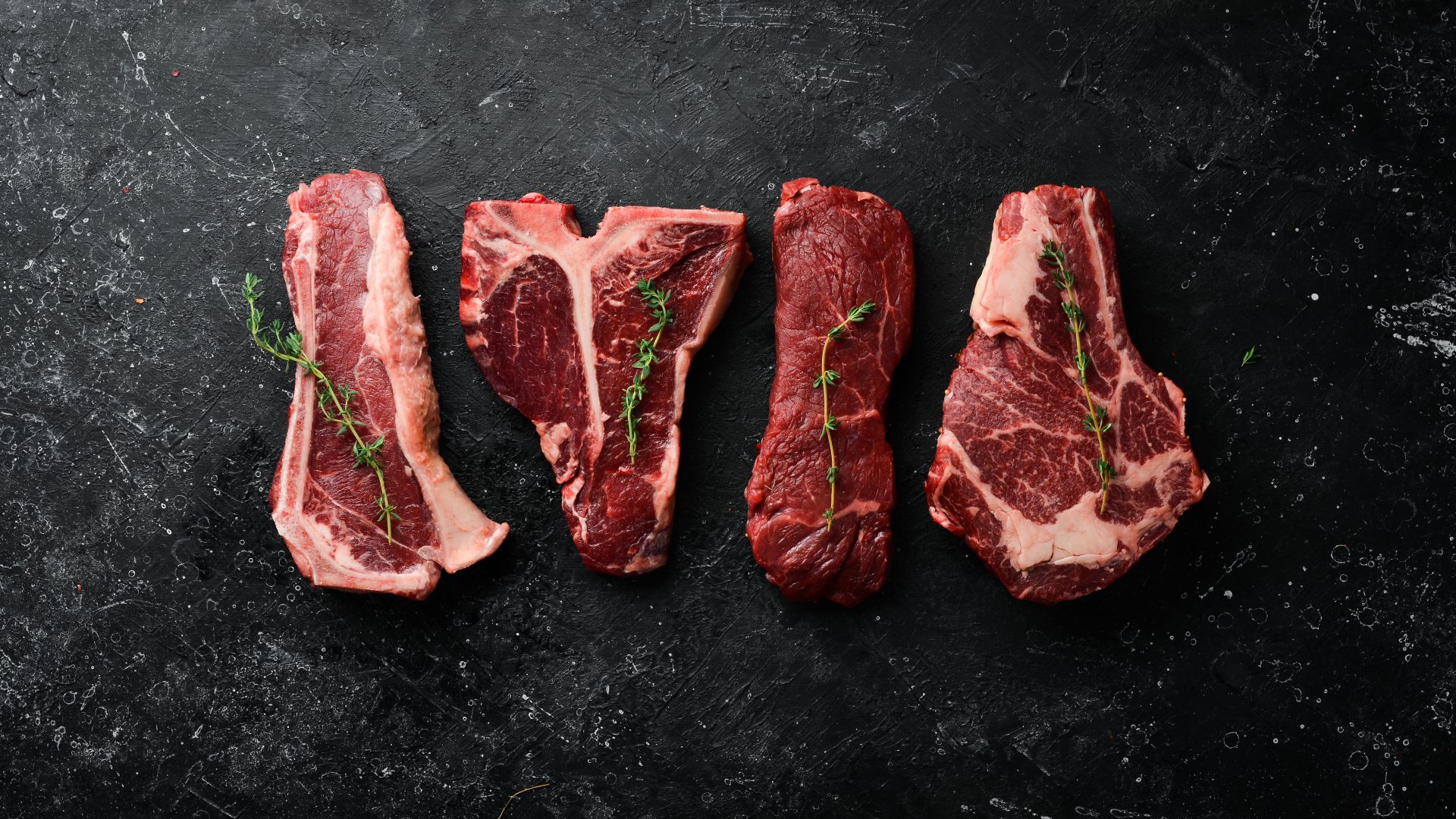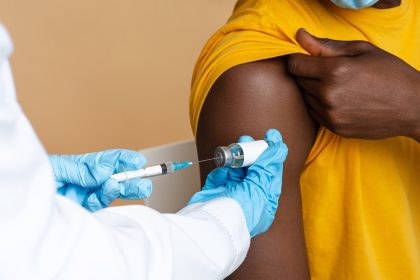Social media has recently erupted with discussions about women consuming large amounts of red meat during their periods to replace lost iron, with influencers and wellness advocates promoting steak binges as the solution to menstrual fatigue and weakness. This trend has gained significant traction among women seeking natural ways to combat the exhaustion and symptoms often associated with menstruation. However, the reality of iron replacement during periods proves far more complex than simply loading up on ribeye steaks.
The relationship between menstrual blood loss and iron deficiency affects millions of women worldwide, yet misconceptions about how to address this issue have led to dietary approaches that may be ineffective or even counterproductive. Understanding the science behind iron loss during menstruation, absorption factors, and optimal replacement strategies empowers women to make informed decisions about their health during this monthly cycle.
While red meat does contain significant amounts of bioavailable iron, the viral social media advice oversimplifies a complex nutritional issue that involves multiple factors beyond simple iron content. The most effective approaches to maintaining healthy iron levels during menstruation require understanding how the body processes iron, which foods provide the best absorption, and when professional medical intervention becomes necessary.
Menstrual iron loss varies dramatically between women
The amount of iron lost during menstruation differs significantly from woman to woman, making blanket dietary recommendations problematic for addressing individual needs. Average menstrual blood loss ranges from 30 to 40 milliliters per cycle, translating to approximately 30 to 45 milligrams of iron lost over the course of each period. However, this represents only the average, with significant variation based on individual factors.
Women experiencing heavy menstrual bleeding, medically termed menorrhagia, can lose substantially more iron during each cycle. Some women lose double or triple the average amount, reaching 80 to 100 milligrams of iron per menstrual cycle. This level of iron loss can quickly deplete body stores and lead to iron deficiency anemia if not properly addressed through diet and potentially supplementation.
Flow duration also impacts total iron loss, with longer periods naturally resulting in greater cumulative iron depletion. Women with periods lasting seven or more days face higher iron losses than those with shorter cycles, regardless of daily flow intensity. Age, hormonal status, and underlying health conditions all influence menstrual blood loss and corresponding iron depletion.
Individual iron absorption capacity varies based on genetics, gut health, and existing iron stores, meaning two women losing similar amounts of menstrual blood may have very different iron replacement needs. Some women efficiently absorb dietary iron and maintain adequate levels with minimal dietary adjustments, while others require significant intervention to prevent deficiency.
Red meat iron content falls short of replacement needs
A typical 6-ounce sirloin steak contains approximately 4 milligrams of iron, representing only a fraction of the iron lost during an average menstrual cycle. To replace 40 milligrams of lost iron through steak consumption alone, a woman would need to eat roughly 60 ounces of sirloin, equivalent to nearly 4 pounds of meat over the course of her period.
This calculation assumes perfect iron absorption, which never occurs in real-world conditions. The human body typically absorbs only 15-35% of heme iron from red meat under optimal conditions, meaning actual replacement requirements would be even higher. Additionally, consuming such large quantities of red meat daily creates other health concerns including excessive saturated fat intake and increased caloric consumption.
The timing of red meat consumption during menstruation also affects iron absorption efficiency. Many women experience digestive upset during their periods, which can further reduce iron absorption from all sources, including red meat. Nausea, bloating, and changed appetite patterns common during menstruation may make consuming large amounts of red meat impractical or unpleasant.
Cost considerations make the red meat replacement strategy unrealistic for many women, as consuming 3-4 pounds of quality steak during each menstrual cycle would represent a significant monthly expense. This approach also ignores women following vegetarian, vegan, or culturally restricted diets that limit or eliminate red meat consumption.
Iron absorption depends on multiple dietary factors
The body’s ability to absorb iron from food sources depends on complex interactions between different nutrients, timing of consumption, and individual physiological factors that make simple iron replacement strategies ineffective. Heme iron from animal sources generally absorbs more efficiently than non-heme iron from plant sources, but numerous factors can enhance or inhibit absorption from both types.
Vitamin C significantly enhances iron absorption when consumed simultaneously with iron-rich foods, potentially doubling or tripling absorption rates from plant-based iron sources. A glass of orange juice with an iron-rich meal can provide more usable iron than consuming red meat alone without vitamin C enhancement.
Calcium, found in dairy products, competes with iron for absorption sites in the intestinal tract, significantly reducing iron uptake when consumed together. Many women unknowingly sabotage their iron absorption by consuming calcium-rich foods or supplements with iron-rich meals, negating much of the potential benefit.
Coffee and tea contain compounds called tannins that bind to iron and prevent absorption, with effects lasting several hours after consumption. Women who drink coffee or tea with meals may absorb 50-90% less iron than those who separate these beverages from iron-rich foods by at least one hour.
Plant-based iron sources offer superior versatility
Legumes provide substantial iron content along with fiber, protein, and other nutrients that support overall health during menstruation. One cup of cooked lentils contains approximately 6.6 milligrams of iron, more than the 6-ounce steak, while also providing folate, magnesium, and potassium that support energy production and reduce menstrual symptoms.
Leafy green vegetables like spinach and Swiss chard offer iron alongside folate, vitamin K, and antioxidants that support blood health and reduce inflammation. Cooked spinach provides about 6 milligrams of iron per cup while contributing virtually no calories or saturated fat to the diet.
Iron-fortified cereals and breads can provide 8-18 milligrams of iron per serving, often exceeding the iron content of red meat while offering B vitamins and fiber. These fortified foods allow for flexible timing and combination with vitamin C sources to enhance absorption.
Pumpkin seeds, sesame seeds, and tahini provide iron along with healthy fats and minerals that support hormone production and reduce menstrual cramps. These foods can be easily incorporated into meals and snacks throughout the menstrual cycle without the digestive burden of large meat portions.
Vitamin C enhancement strategies maximize iron absorption
Pairing iron-rich foods with vitamin C sources can increase iron absorption by 300-400%, making this combination far more effective than simply increasing iron intake alone. Fresh citrus fruits, berries, bell peppers, and tomatoes provide abundant vitamin C that enhances iron uptake from both plant and animal sources.
Timing vitamin C consumption with iron-rich meals maximizes the enhancement effect, as vitamin C works at the site of absorption in the small intestine. Drinking orange juice with an iron-rich breakfast or adding sliced strawberries to iron-fortified cereal creates optimal conditions for iron absorption.
Cooking in cast iron cookware can increase the iron content of foods, particularly acidic foods like tomato sauce, which can absorb significant amounts of iron from the cooking surface. This traditional cooking method provides a simple way to boost dietary iron intake without major dietary changes.
Fresh herbs like parsley contain both iron and vitamin C, making them excellent additions to meals during menstruation. Adding fresh parsley to salads, soups, or grain dishes provides both nutrients in optimal ratios for absorption.
Iron absorption inhibitors require strategic timing
Calcium supplements and dairy products significantly reduce iron absorption when consumed simultaneously with iron-rich foods. Women taking calcium supplements should separate them from iron-rich meals by at least two hours to prevent interference with iron uptake.
Whole grains and legumes contain phytates that can bind iron and reduce absorption, but proper preparation methods including soaking, sprouting, or fermenting can reduce phytate content and improve iron availability. These traditional food preparation techniques maximize nutrient availability while maintaining food safety.
Antacids and acid-reducing medications can impair iron absorption by reducing stomach acid needed to convert iron into its absorbable form. Women taking these medications may need to adjust timing or consider alternative iron sources that don’t require high stomach acid for absorption.
Zinc supplements can compete with iron for absorption, so women taking both supplements should separate them by several hours or choose formulations specifically designed to minimize interaction between these minerals.
Medical evaluation determines true iron needs
Iron deficiency anemia requires medical diagnosis through blood testing rather than self-diagnosis based on symptoms alone. Many conditions can cause fatigue, weakness, and other symptoms commonly attributed to iron deficiency, making professional evaluation essential for proper treatment.
Serum ferritin testing provides the most accurate assessment of iron stores, as this test measures iron reserves rather than just circulating iron levels. Women with normal hemoglobin levels may still have depleted iron stores that require intervention before anemia develops.
Heavy menstrual bleeding may indicate underlying medical conditions requiring treatment beyond dietary iron replacement. Fibroids, thyroid disorders, bleeding disorders, and hormonal imbalances can all contribute to excessive menstrual blood loss that requires medical management.
Iron supplementation carries risks including gastrointestinal upset, constipation, and potential toxicity from excessive intake. Medical supervision ensures appropriate dosing and monitoring for side effects or interactions with other medications.
Holistic approaches support menstrual health
Adequate sleep during menstruation supports the body’s natural iron recycling processes and reduces stress hormones that can interfere with iron absorption. Most women benefit from 7-9 hours of sleep nightly, with potentially increased needs during menstruation.
Regular moderate exercise improves circulation and supports healthy blood production, though intense exercise during heavy flow days may increase iron losses through additional mechanisms including foot strike hemolysis and increased sweating.
Stress management techniques including meditation, yoga, and breathing exercises can reduce cortisol levels that may interfere with iron absorption and utilization. Chronic stress also affects appetite and food choices, potentially reducing intake of iron-rich foods.
Hydration supports blood volume and circulation while helping transport nutrients including iron throughout the body. Adequate fluid intake becomes particularly important during menstruation when blood volume may be reduced.
Sustainable dietary patterns for iron maintenance
Building meals around iron-rich foods throughout the menstrual cycle provides more consistent iron status than attempting to compensate for losses only during menstruation. Regular consumption of diverse iron sources maintains iron stores and prevents depletion that requires intensive replacement efforts.
Meal planning that incorporates iron-rich foods with vitamin C sources creates sustainable patterns that support long-term iron status without requiring dramatic dietary changes during menstruation. This approach proves more practical and effective than periodic dietary overhauls.
Cooking techniques that preserve and enhance iron content, including using cast iron cookware and avoiding prolonged cooking that destroys vitamin C, maximize the nutritional value of iron-rich foods without increasing food costs or preparation time.
Food combinations that naturally enhance iron absorption, such as beans with tomatoes or spinach with citrus fruits, create flavorful meals that support iron status while providing diverse nutrients needed for overall health during menstruation.
Individual variation requires personalized approaches
Genetic factors influence individual iron absorption capacity, with some women naturally absorbing iron more efficiently than others. Family history of iron deficiency or anemia may indicate increased needs that require more aggressive dietary or supplemental intervention.
Digestive health significantly impacts iron absorption, with conditions like celiac disease, inflammatory bowel disease, or chronic gastritis reducing absorption capacity regardless of dietary iron intake. Women with digestive issues may require specialized approaches to iron replacement.
Age affects iron needs and absorption, with adolescent girls often requiring higher iron intake due to growth needs combined with menstrual losses, while perimenopausal women may experience changing needs as menstrual patterns shift.
Activity levels and athletic participation can increase iron needs through additional losses in sweat and increased red blood cell turnover, requiring higher dietary iron intake or supplementation for women engaged in intense exercise programs.
The viral trend of consuming large amounts of red meat during menstruation oversimplifies the complex issue of maintaining adequate iron levels during the menstrual cycle. While red meat does provide bioavailable iron, effective iron replacement requires understanding absorption factors, individual needs, and sustainable dietary patterns that support long-term health rather than quick fixes that may prove ineffective or impractical for most women.















